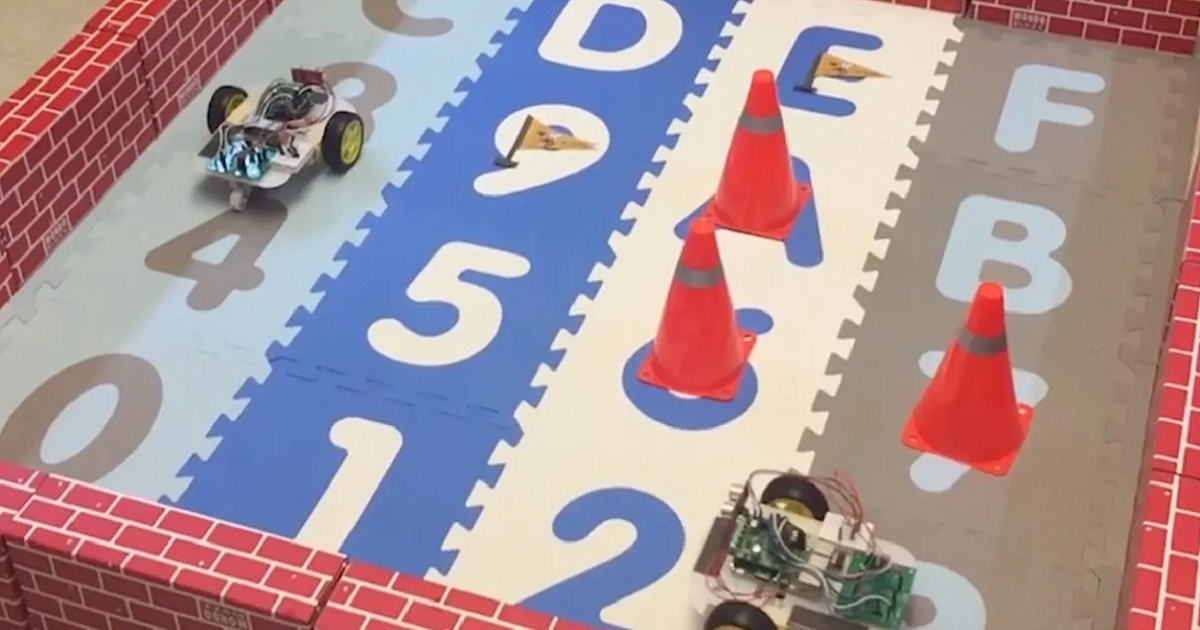Palm-Sized Robots Form Intelligent Swarms with a Long Battery Life
Engineering.com | March 14, 2019

When it comes to swarm robotics, the gap between science fiction and current technology is closing rapidly. A hybrid digital-analog application-specific integrated circuit (ASIC) is opening up new possibilities for intelligent, collaborative robot swarms by moving the burden of power consumption from processing centers to motor systems.
The new chip makes use of time domain computing, which encodes information in the width of a pulse that is carried over two different voltages. Time domain computing has gained traction in recent years in its capacity to increase the efficiency of image recognition processors while also decreasing the power required for neural network computing tasks. This most recent application combines both sensory recognition and reinforcement learning in a highly efficient 65-nanometer chip that’s designed to control palm-sized robots.